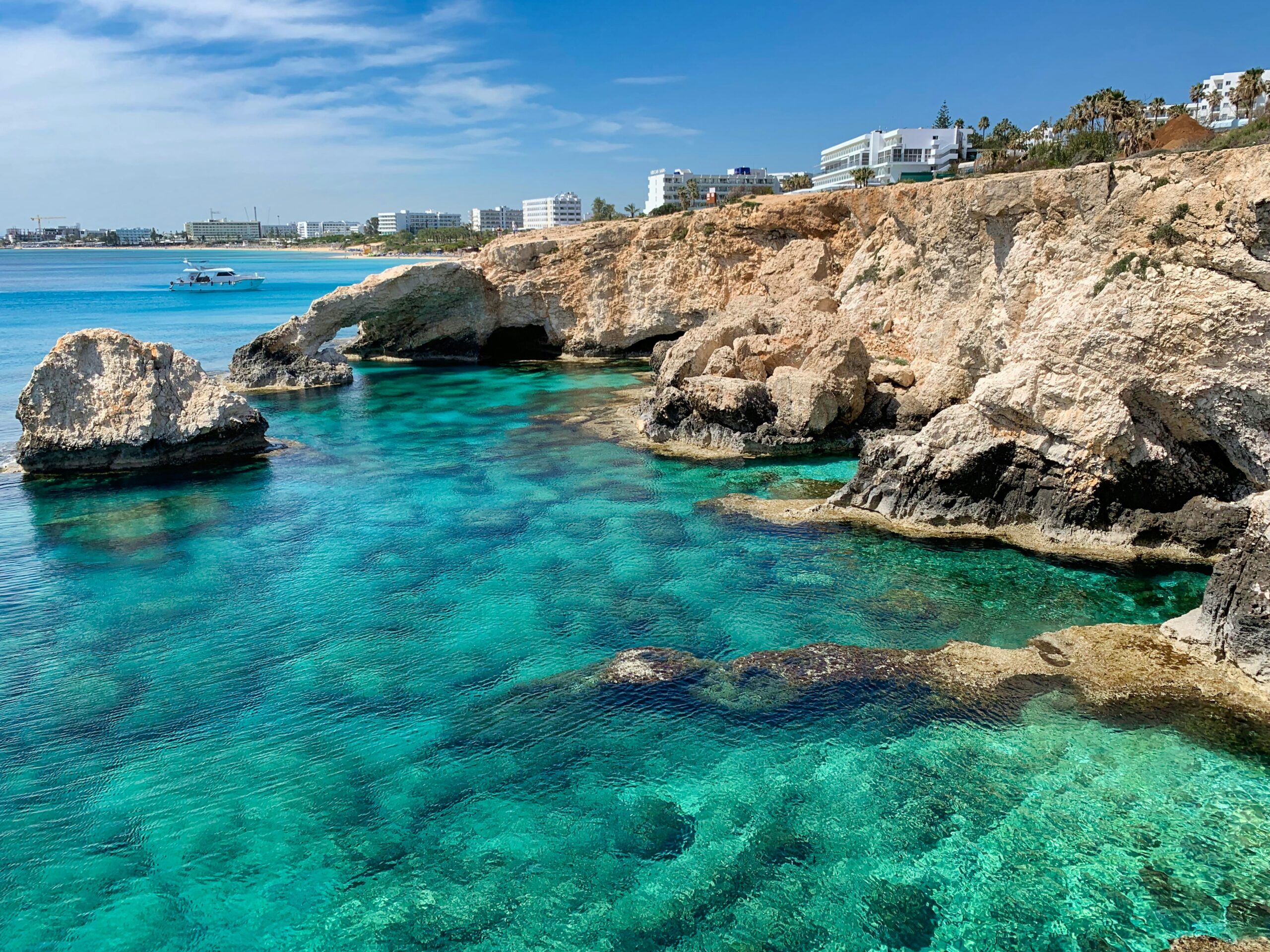Have you ever wondered about less common languages that only a few people in the world can speak? In this article in partnership with Day Translations we explore remote places virtually in the search for the least spoken languages, as well as pay attention to the fact that such languages are on the brink of exinction if we don’t act to preserve them for future generations. Let’s go.
What Results Do You Get When Searching for Least Spoken Languages in the World?
Starting from the most obvious way to find out more about unknown or lesser known languages, i.e. an online search, the results include an infographic showing the 10 least spoken languages in the world (embedded in an article which confusingly talks about the 7 least spoken languages in the world), then an article listing the 5 least spoken languages in the world from the Northwest Career College and an article from Day Translation about rare languages.
One interesting fact about the infographic mentioned above of the least spoken languages is that the markers on the map are equally distributed in all continents (for the sake of this exercise, we are considering Russia not as transcontinental but as mainly part of the European continent).
It is also worth noting that this infographic in particular highlights languages that are not included in other articles, and viceversa.
While it may be common knowledge that the small island of Vanuatu in the Pacific Ocean, situated in the north east from Australia, has also a very small population speaking Malekula that has hardly had any contact with the outside world, it is insightful to find out that even in Canada and in the USA there are still languages that only a limited number of people can speak.
In Canada we have the Munsee language, while in America there are the Oneida and Kiksht languages; in other words, these are languages that indigenous people in reservation speak or used to speak. In South America a few people speak Kaixana in Brazil and Yahgan in Chile.
What does it mean when only a few people can speak a language? The most critical fact is that both the people and their language risk extinction.
If we look at Asia, islands are more at risk because there may be only one person remaining who knows how to speak a dying language. The examples shown in the map are one from Nepal, where a few people speak Dumi, and Indonesia where people speak Bonerif.
While the article itself has become “ancient” as it was published in 2015, this story from The Washington Post has some great visuals about languages that are almost extinct. It starts by analysing how many languages are spoken in the world and showing the difference in numbers across continents: Asia and Africa lead with the most number of languages spoken (more than 2,000 in each country), while Europe lags behind with approximately a tenth as many, just shy of 300 (the article mentions 286).
Last One Standing
In some parts of the world there may be only one person remaining who has the knowledge of a language; without imparting that knowledge to new generations, that language will die forever, unless specific conservation programmes are put in place to preserve it. The Washington Post article cites that about 2,000 languages are spoken by fewer than 1,000 people and that half of the languages around the world will become exinct by the end of the 21st century.
And now, over to Quora.
Which Is the Least Spoken Language Featured on Google Translate?
A bit of user-generated content never hurt anyone, right? Inviting answers from different corners of the world, Quora can also be a useful source of information, as long as the information is backed by reputable sources.
To the question about the least spoken languages on Google Translate, a Quora user (from a school of journalism) replied that one of the least spoken languages featured is Esperanto (the universal language).



